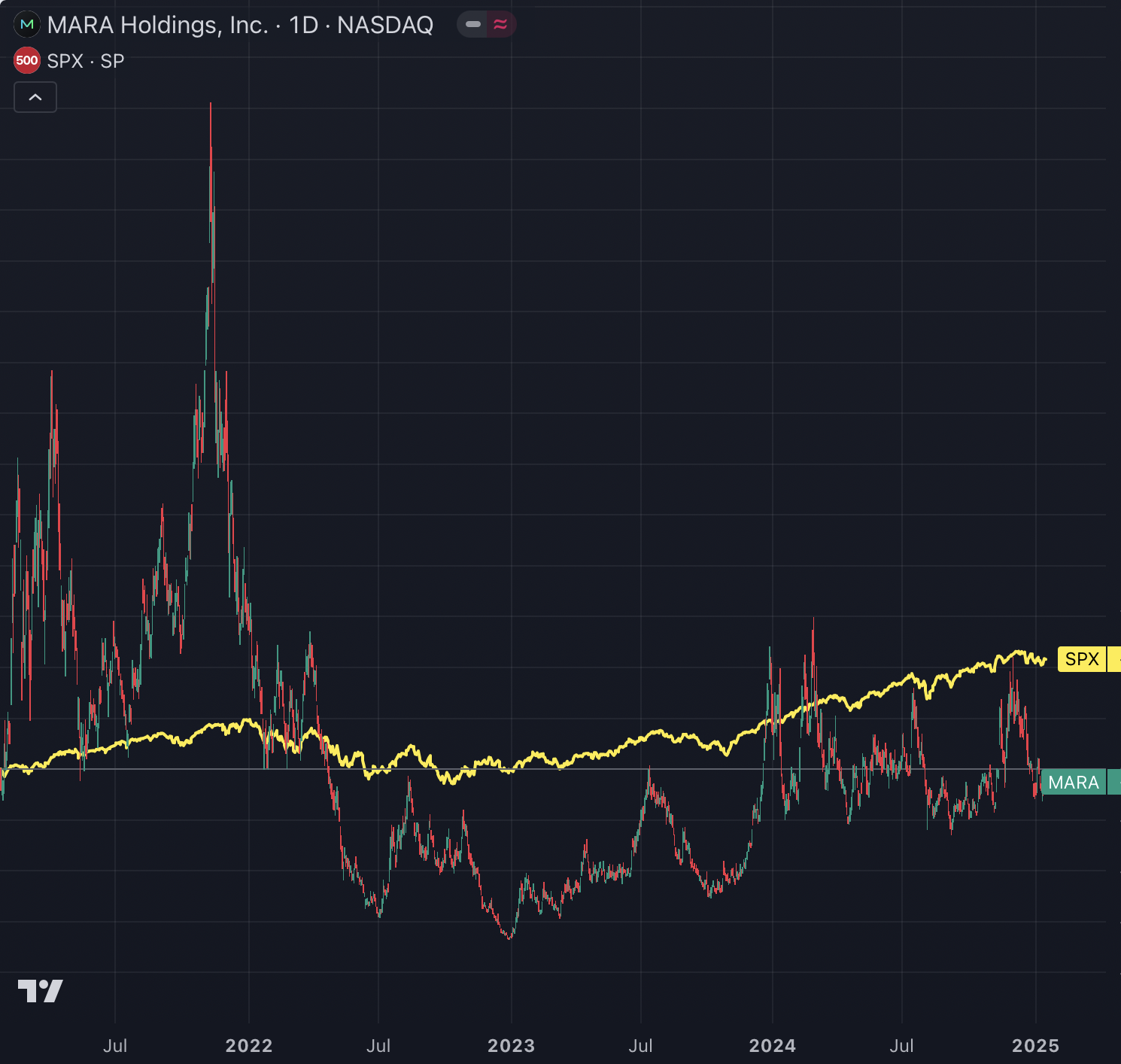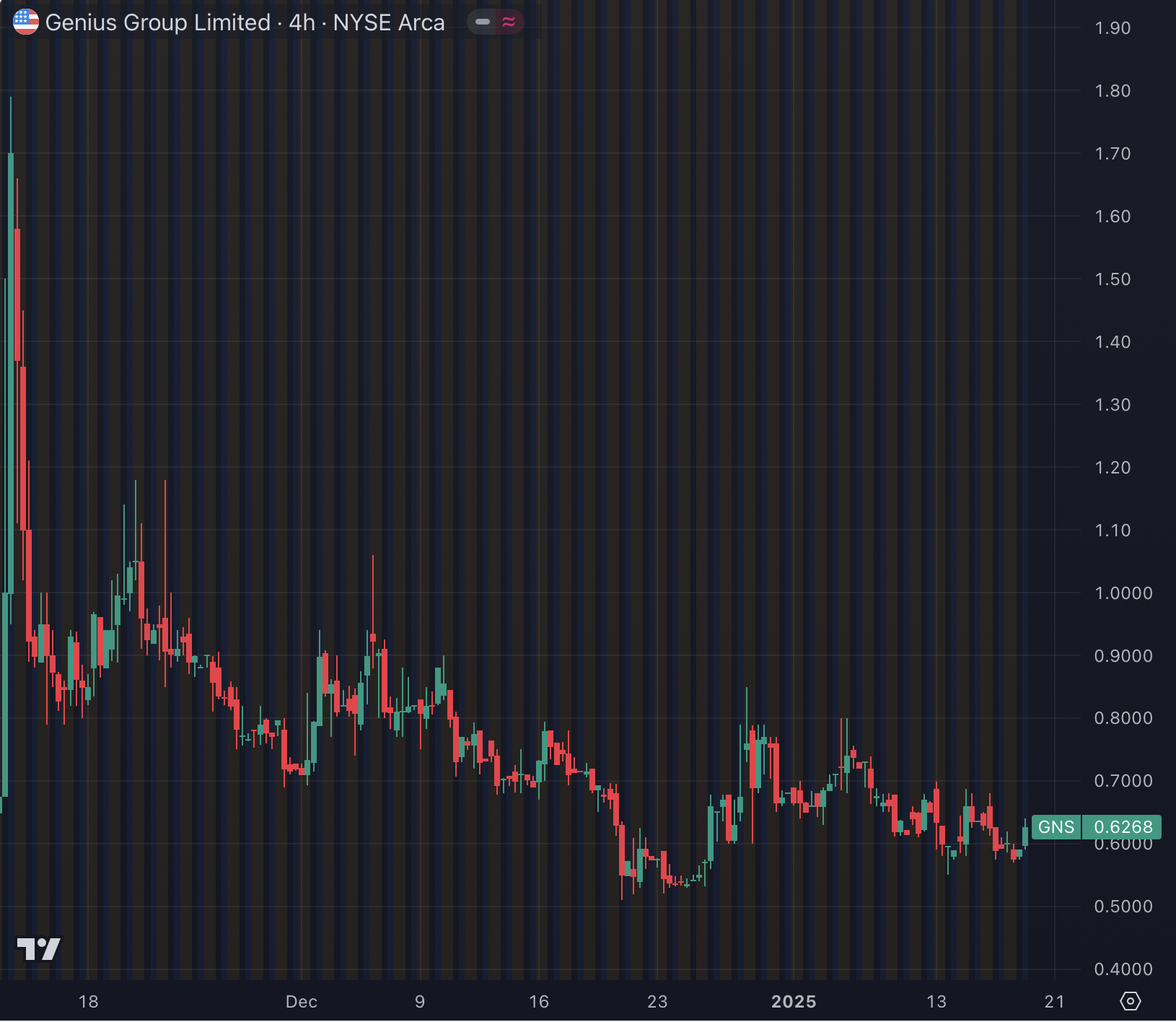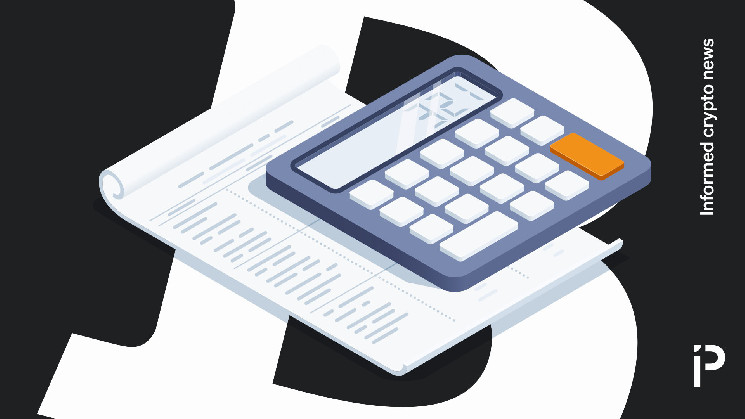MicroStrategy (MSTR) generated a lot of excitement from public market investors seeking exposure to bitcoin (BTC)-backed equity after founder Michael Saylor encouraged other companies to copy his leveraged strategy.
The approach spawned a few success stories like MetaPlanet (MTPLF).
That otherwise forgettable hotel operator has rallied over 1,000% since it started adding BTC to its balance sheet in April 2024. Diagnostic equipment company Semler Scientific (SMLR) has also more than doubled since it started adding BTC to its balance sheet.
Thinking rationally, however, does this particular corporate pivot have a reliable track record of success? Setting aside these outliers, do public companies that add BTC to their balance sheets usually rally on this news?
The question is straightforward, yet its answer is shrouded by confounding variables.
The date of a public company’s first BTC acquisition is easy to identify, yet the price of a stock fluctuates for myriad reasons. Interest rate changes, earnings announcements, industry news, market-making idiosyncrasies, insider sales, shelf offerings, broad market movements, volatility, dilution, arbitrage, over-the-counter trades, clearing and settlement issues, and all sorts of inexplicable changes in investor sentiment all affect a stock price.
In short, the history of companies who invested heavily in BTC is a mixed bag of winners and losers. Below is some data to begin the process of answering this question.
Is balance sheet bitcoin a good idea for public companies?
First, to state the obvious, investing in an asset that subsequently rallies is obviously a profitable strategy. In 2024, the price of BTC rallied 120% — trouncing the benchmarks of any other major asset class. Clearly, any BTC investment rewarded corporate holders last year.
With this “rising tide lifts all boats” caveat in mind, here are some data points of public companies that have adopted a BTC acquisition strategy.
Tesla
Tesla was actually one of the first public companies to buy BTC. In the early morning of February 8, 2021, the world learned that it had bought $1.5 billion worth of BTC and it announced plans to accept it as payment for its electric vehicles.
On the day of the announcement, Tesla opened for trading 2% higher than its prior close — an indication that investors appreciated the action. However, that day marked the highest price it would see for the next eight months.
For whatever reason, Tesla’s acquisition of BTC initiated an eight-month bear market that wouldn’t end until October 18, 2021.
On the day of the announcement, Tesla opened for trading 2% higher than its prior close.
Unsurprisingly, Tesla’s Elon Musk was quick to forsake BTC. The company suspended its acceptance of the crypto as a payment method less than three months after accepting it.
Shortly thereafter, the company sold a large chunk of its BTC, citing concerns about Bitcoin’s environmental impact. Conveniently, this decision came after Musk had begun praising Dogecoin (DOGE).
Tesla currently owns 9,720 BTC, less than 0.1% of its market capitalization.
MARA (formerly Marathon Digital Holdings)
Marathon Digital Holdings adopted a MicroStrategy-like BTC treasury strategy four years ago — on January 25, 2021. However, that news plants an embarrassing flag on its price chart that shows how Saylor’s marketing campaign doesn’t always reward shareholders.
On the day of its first announcement, MARA opened for trading at $19.50. Fast-forward four years to yesterday’s $18.30 close and the disappointment is evident.
Over the same period, the S&P 500 including dividends has rallied 63%. That respectable return compares favorably to MARA’s -6%.
Over the past four years, MARA has acquired BTC mining facilities from Generate Capital, added another Texas-based mining facility, and quadrupled its top-line revenue.
None of those accomplishments helped shareholders since it started adding BTC to its balance sheet.

Over the past four years, MARA has quadrupled its top-line revenue.
Genius Group
Genius Group first pivoted into crypto by raising a $1.5 million seed round to develop Genius Metaversity, a virtual campus. The company also minted a complex NFT.
However, it wasn’t until November 12, 2024, when the company debuted a “bitcoin treasury reserve strategy” and bought its first 110 BTC on November 18.
The news was a flop, unfortunately. Since its November 12 announcement date high, shares of Genius Group have declined from $1.79 to below $0.60 as of the close of trading Thursday.

Genius Group bought its first 110 BTC on November 18.
Rumble
On November 25, 2024, video content platform Rumble announced its own BTC treasury strategy. It said it would buy up to $20 million in BTC “at the discretion of the company.”
Rather than sparking a rally, that news preceded a decline from its November 25 high of $7.79 to a December 2 low of $6.81.
However, in a series of positive developments unrelated to its BTC purchases, Rumble began attracting political speech attention and M&A interest from various suitors in early December, with Tether investing a generous $775 million later that month.
Not long afterward, Rumble announced a cloud agreement in El Salvador.
After a cornucopia of positive headlines from Rumble, shares have rallied substantially since the company announced its intention to acquire BTC.
Although shareholders are certainly happy, Rumble doesn’t actually count as a success story on the topic of balance sheet BTC.
Unfortunately, Rumble has only ever announced its intention to have its board consider a small BTC purchase. So far, there’s no indication the company has actually purchased BTC as a reserve asset.
Moreover, even if the company has purchased its maximum allocation, its purchases would have only been for “up to $20 million” worth of BTC, which is less than 0.6% of Rumble’s current market capitalization.
Read more: Bitcoin supply may not be fixed at 21M, says BlackRock
Winners among losers: Semler Scientific, MetaPlanet, and MicroStrategy
Although these losers are a disappointing sobriety check for some, there are a few companies that have significantly rallied after acquiring BTC as a corporate reserve asset. Semler Scientific, MetaPlanet, and obviously MicroStrategy are marquee standouts.
Read more: Why have MicroStrategy insiders been dumping MSTR?
Overall results of the strategy are mixed, however. There’s no definitive indication that simply announcing a BTC treasury strategy is a surefire way to attract capital from public markets.
That has not deterred Saylor from continuing to market his executive course to teach officers of public companies to add leverage to their balance sheet in order to acquire digital cash.

